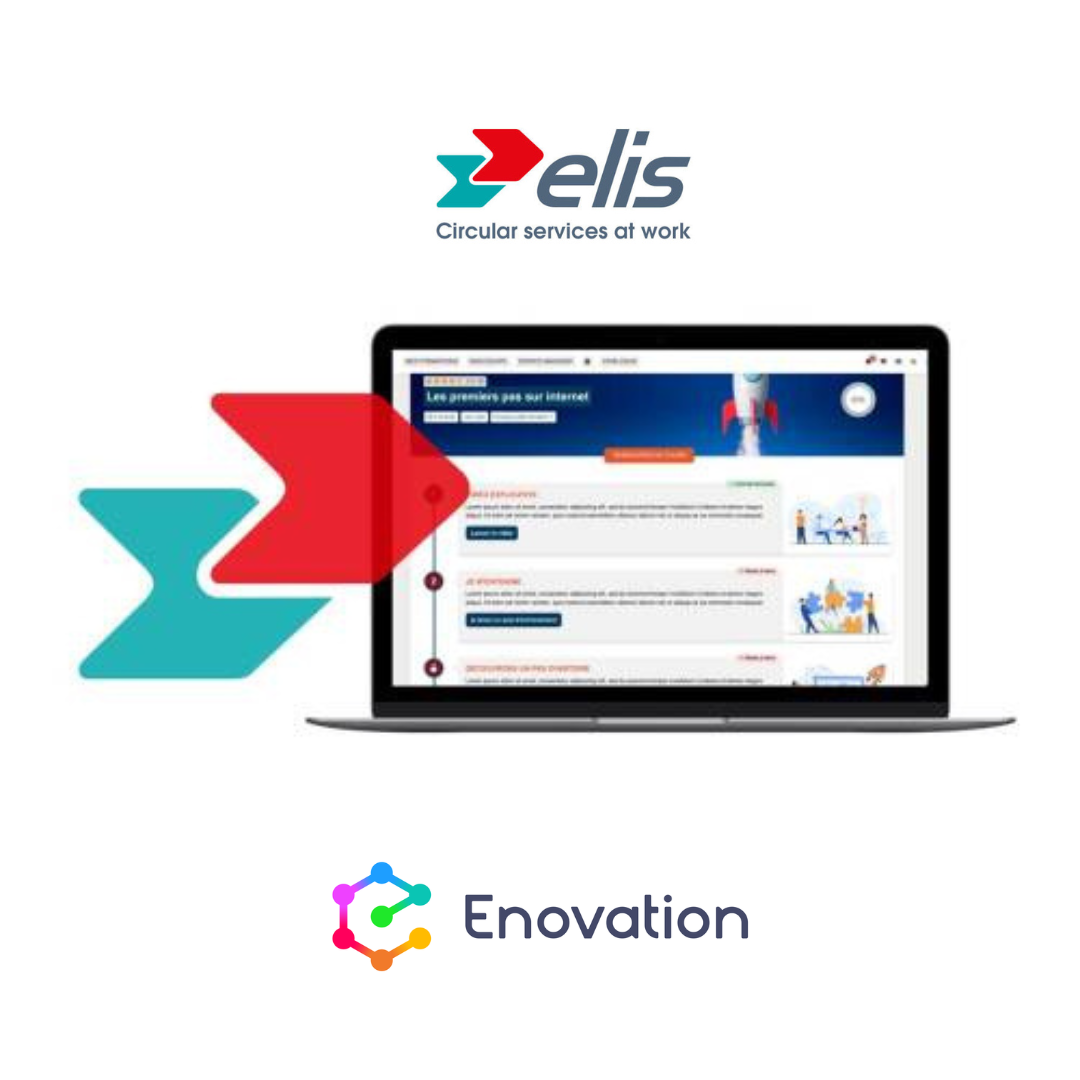Over the last two decades, the rapid rise of digital technologies has resulted in organisations reevaluating, reengineering and reimagining the way they do business. A recent McKinsey Global Survey has identified that not only has the pandemic sped up the adoption of digital technologies, but it has also rapidly increased the shift to remote or hybrid work models. This has placed new demands on employees who may now require a different set of skills to accommodate how work gets done. Correspondingly, employers have had to find new ways to support the development of these skills in their employees, whilst retaining talent and maintaining a culture of inclusivity and diversity.
Across industries and sectors, it has become increasingly urgent to address skill gaps and learning and development (L&D) professionals now recognise that the most efficient and effective way to upskill or reskill existing employees is through creating a culture of learning in the workplace.
In-demand skills – not just technical, mostly behavioural
Despite the rise in digital technology, recent research indicates that the most in-demand skills are behavioural, rather than technical.
Resilience
Equipping employees with resilience and the ability to adapt to change, complexity and adversity have been rated as one of the most important skills, according to L&D managers. Building resilience is also closely tied to other in-demand behavioural skills including the power to collaborate, communicate effectively and lead. Traditionally termed soft skills, these skills are increasingly being termed ‘power skills’ as they provide employees ‘power’ at work which in turn enables them to attain personal growth, achieve professional goals and contribute more effectively to organisational growth.
Communication
The massive adoption of remote work since the beginning of the pandemic has resulted in a transformational shift in how employees communicate with each other and their employers. Without the traditional office environment and the incidental interactions that help facilitate engagement and relationship building, it has become important for both employers and employees to harness the communication skills required in an online world. This includes the ability to actively listen without becoming distracted by technology or the physical environment, making time for 1 on 1 conversation, facilitating team catch-ups, encouraging assertiveness, respecting employees’ downtime and clearly expressing responsibilities, priorities and actions.
Collaboration
The growth of global teams alongside an increasingly remote workforce has highlighted the importance of developing skills in collaboration. Collaboration involves working efficiently, respectfully and effectively with colleagues within and across teams, many of whom may have different cultural backgrounds or values. Building skills in emotional intelligence will harness employees ability to intuitively understand and negotiate with different perspectives and communication styles. In addition, upskilling team members in how to use project management software tools help streamline collaboration, time management and organisational effectiveness.
Leadership
Leadership and management skills including strategic thinking, inclusion, mentoring and problem-solving are identified as key in-demand skills in the Udemy 2022 Workplace Learning Trends Report. When leaders exhibit these skills, employees feel more empowered, accepted and valued. In particular, organisations must go beyond superficial gestures around inclusion. As an example, Udemy research identifies that ‘organisations that offer leadership training to all employees are 4.2x more likely to outperform those that don’t in terms of revenue growth, operating margin, and return on equity.’
Let’s not forget digital transformation and digital fluency
The World Economic Forum expects that 85 million jobs will be gone and 97 million jobs will be created by 2025 — many of them requiring skills in artificial intelligence, blockchain, data security, emerging coding languages, data analytics, and more. In addition to the increase in demand for technical roles, employees across departments require digital fluency and this is ever-evolving to meet the developments in, and proliferation of, software and technology tools. Whether it is business analytics, UX, instructional design, algorithmic trading, marketing analytics or CRM management, the new in-demand power skills must be underpinned by digital transformation and the development of digital fluency across employees.
Fostering a culture of continuous learning
Upskilling workforces with new in-demand skills involves embracing a culture of learning or elearning in the workplace. This inherently fosters employee engagement which is a key factor in mitigating the potential impact of the Great Resignation. LinkedIn Learning’s 5th Annual Workplace Learning Report identifies that two-thirds (66%) of L&D pros globally agree that they are focused on rebuilding and reshaping their organisations through a dedicated strategy around workplace learning. With hybrid or remote workforces here to stay for the foreseeable future, L&D managers are tasked with selecting a robust online learning management system (or as it is sometimes termed, corporate LMS or enterprise learning management system) that can handle diverse learning requirements across departments, and deliver insights into learning program effectiveness. In 2021, the most uniquely popular free course among L&D professionals on LinkedIn was “Instructional Design Essentials.” In a fitting tribute to professional e-learning, it is encouraging that L&D professionals are striving to meet the needs of learners through upskilling in the design and delivery of engaging online learning programs.





.png)




